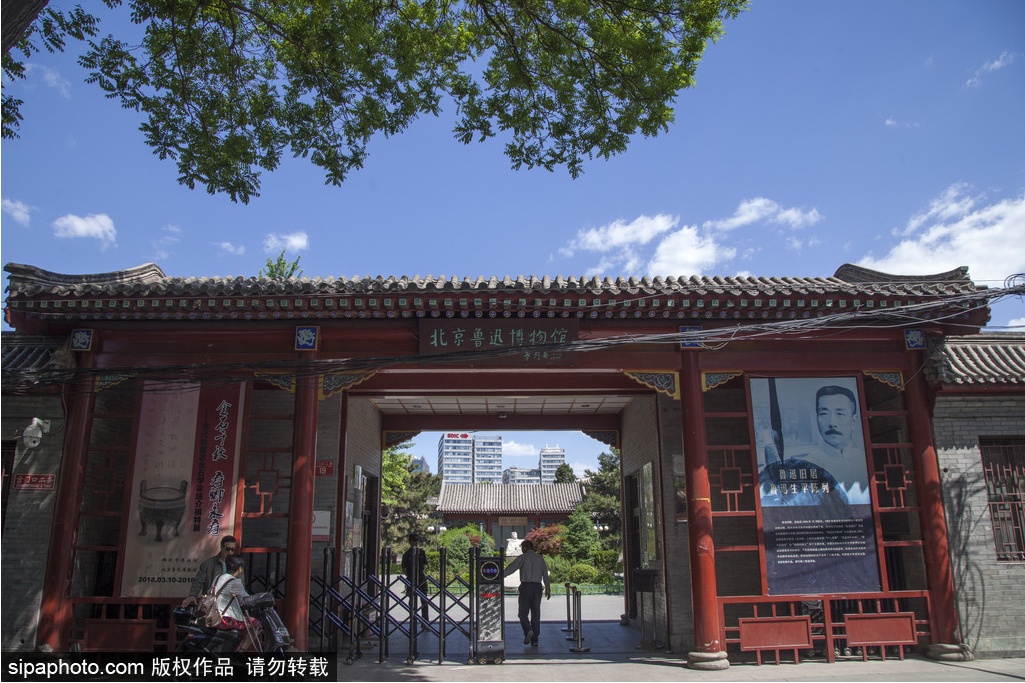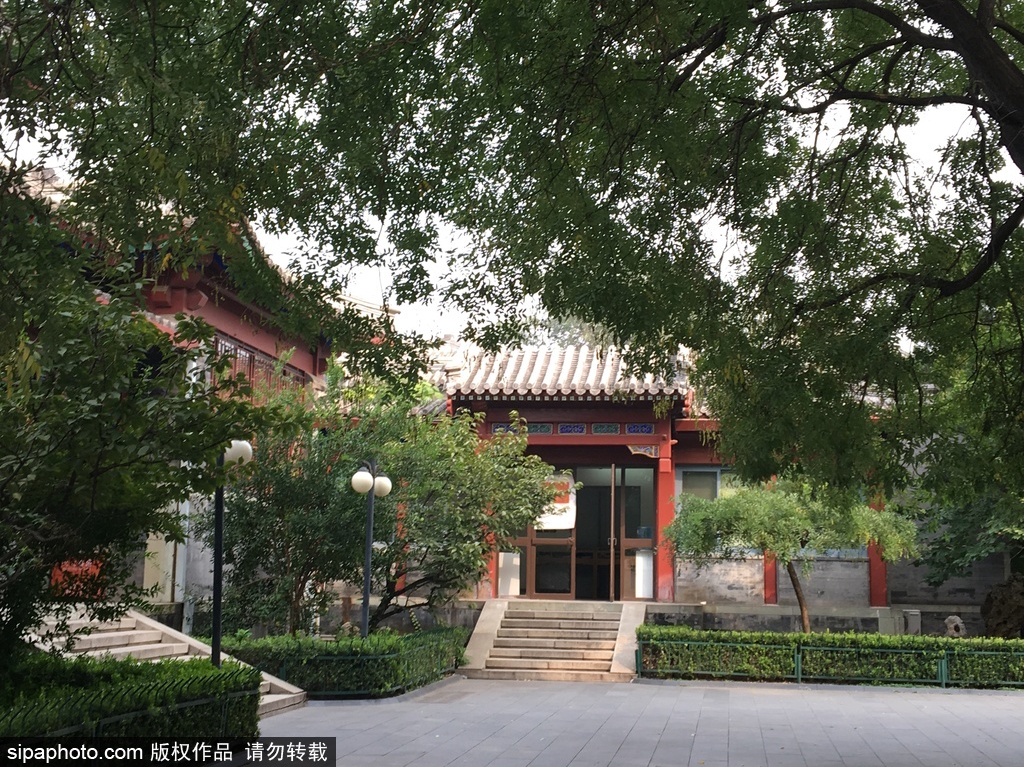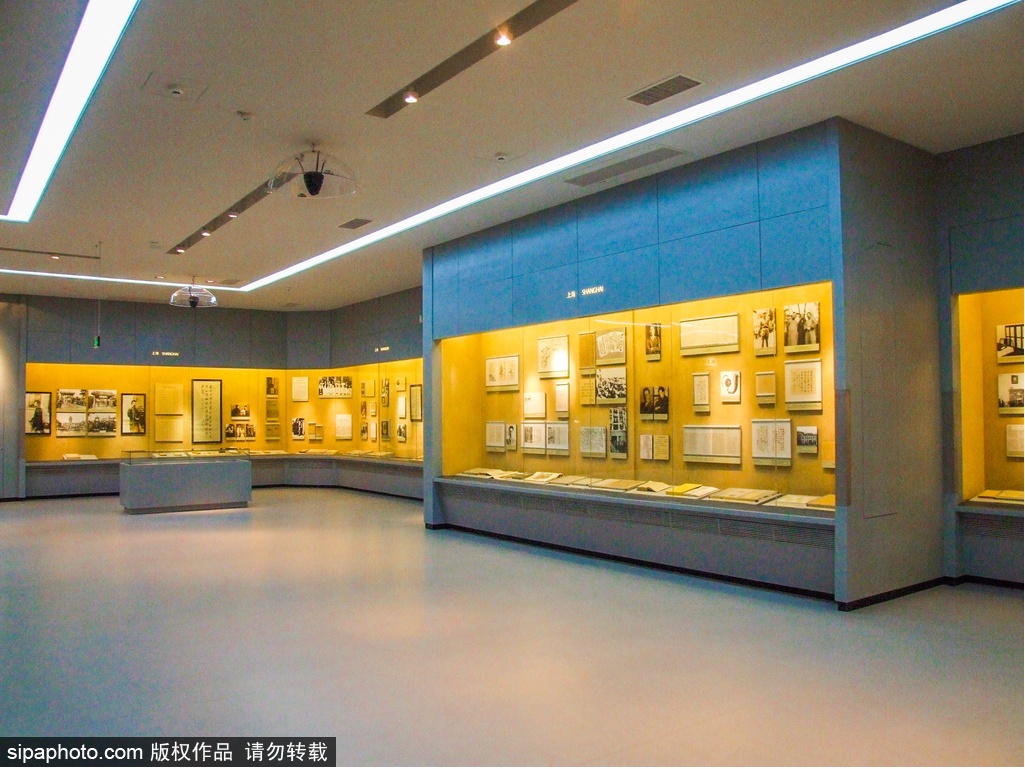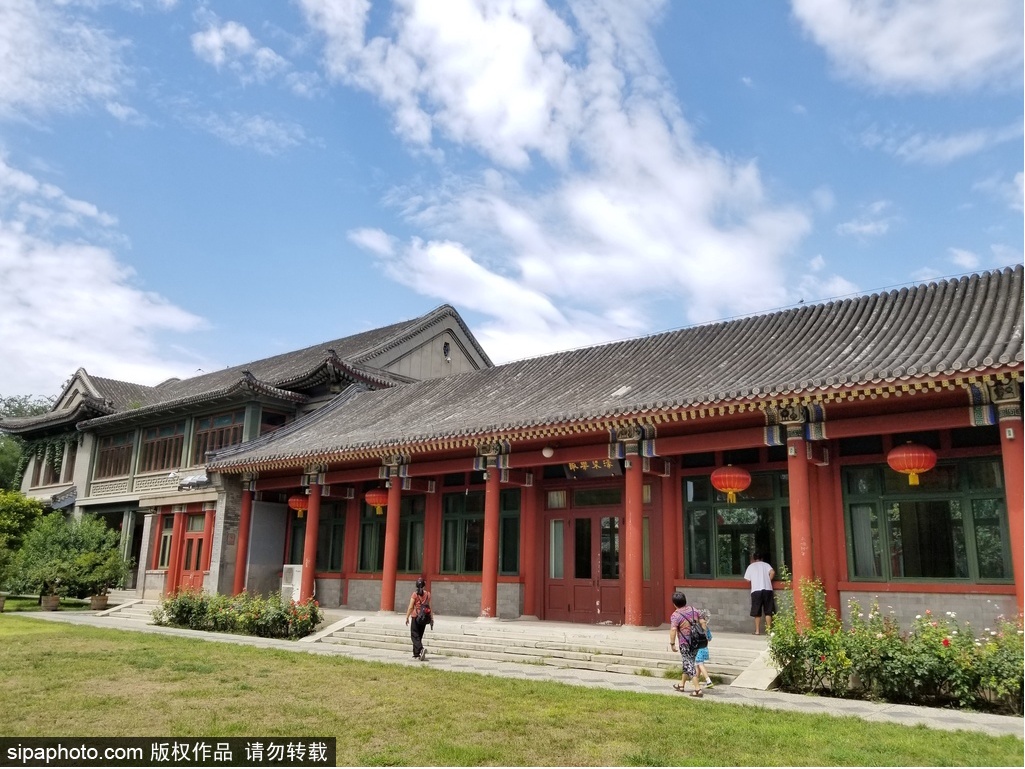Known worldwide as a historic and cultural city, Beijing was once home to a roster of great men in history. Great writers, artists, and famous performers of Peking Opera all left their footprints in this dazzling city. Beijing colored their life, in turn, they left precious wealth to Beijing. The most representative offer of Beijing, naturally, is the former residences of celebrities. They stand there silently, telling us the stories of those people in Beijing of that age.
Recommended Route: Lu Xun’s Former Residence - Former Residence of Soong Ching Ling
Lu Xun Museum

The Beijing Lu Xun Museum (the New Culture Movement Memorial of Beijing) was established on the base of the former Lu Xun Museum and New Culture Movement Memorial of Beijing. It includes areas of Lu Xun Museum and the New Culture Movement Memorial of Beijing. The museum is mainly in charge of collecting, preserving, studying, publicizing and demonstrating objects and materials of Lu Xun and other celebrities during the new culture movement. It was open in October 19, 1956.

It includes Lu Xun’s Former Residence and exhibition hall of Lu Xun’s life. Lu Xun’s Former Residence is a national key cultural relic protection site. It was designed and rebuilt by Lu Xun in the spring of 1924, and is by far the best preserved Lu Xun site in Beijing. He has lived here for two years before going to southern China in August, 1926. In May 1929 and November 1932, he returned to Beijing from Shanghai to visit his mother and lived there.

It is in Lu Xun’s Former Residence that he completed some wonderful contents of Huagai Collections, Huagai Collections II, Wild Grass (Ye cao), Wandering (Pang huang), Dawn Blossoms Plucked at Dusk (Zhao hua xi shi) and Tomb (Fen). In 1947, Lu Xun’s wife Zhu An died of illness. The underground Communist Party sealed the former residence by the High Court of Peiping and gave it underground protection. Lu Xun’s Former Residence was officially open on the 13th anniversary of Lu Xun’s death on October 19, 1949. In next March, Mr. Xu Guangping donated the former residence and all the books and cultural relics of Lu Xun to the country. In early 1954, the Ministry of Culture decided to build Lu Xun Museum and add a showroom near to the former residence, which was open on the 20th anniversary of Lu Xun’s death on October 19, 1956.
Visiting Time: Tuesday – Sunday: 9:00 -16:00 (closed on Mondays)
Address: No.19, 2nd Alley of Gongmenkou, Fuchengmennei Street, Xicheng District 西城区阜成门内大街宫门口二条19号
Traffic Guide: take Subway Line 2 to get off at Exit B of Fuchengmen Station and walk 200m towards east
Former Residence of Soong Ching Ling

Occupying an area of 20,108 square meters, it was built in the reign of the Kangxi Emperor of Qing Dynasty as the mansion for the Grand Secretary Mingzhu. The residence was later granted to Niohuru Heshen during the reign of Qianlong and became the Prince Cheng’s Mansion during the reign of Emperor Jiaqing. In the late Qing dynasty, it served as the garden for Prince Chun’s mansion. Soong Ching Ling moved into the residence in the early 1960s. From 1963 to 1981, she lived and worked here until her death on May 29, 1981. On May 29, 1982, it was open to the public.

The courtyard of the residence was surrounded by hills on the south, west and north. On the inner sides of the hills were the ponds that encircle the courtyard with flowing water funneled from Houhai. The south lake was with the largest size. The buildings like the Pleasure House and Changjin House built during the residence of Price Chun had all been restored to the state when Soong Ching Ling lived here (large reception room and large dining hall). On the west of the ancient buildings, the two-storey main building of both Chinese and Western characteristics is the place (built later) where Soong Ching Ling lived. It is also an office and a reception room (called main building), and is displayed as original style. Between the buildings and the south lake is lawn. There is a two-story building built in Ming Dynasty on the south of south lake, and it’s south building. The east of south mountain is Shan Pavilion; the west is Hall of Raindrops. There are 23 ancient trees under special protection. The twisting and turning gallery spans from north to south, connecting the south building with the north buildings. The new exhibit storage warehouse is built along the west wall. Items related to Soong Ching Ling are exhibited on the first floor of the new exhibit storage warehouse.
The architecture of the Qing Dynasty (built in ancient time) in courtyard of the residence is brick-wood pavilion with royal palace style and covers a building area of 2,000 square meters. The modern building is in steel-concrete structure. It is a gray pseudo-classic two-story building based on original main building with a building area of 2,135.6 square meters.
Address: No. 46 Houhai N. Yan, Xicheng District 西城区后海北沿46号
Tel.: 010-64044205
Visiting Time:
April to October (Summer): 09:00-17:30
November to March (Winter): 09:00-16:30
Ticket: 20 yuan for each adult
Traffic Guide: Take Subway Line 2 to get off at Exit B of Jishuitan Station and walk eastward along Xihai and Houhai North in 10 minutes




